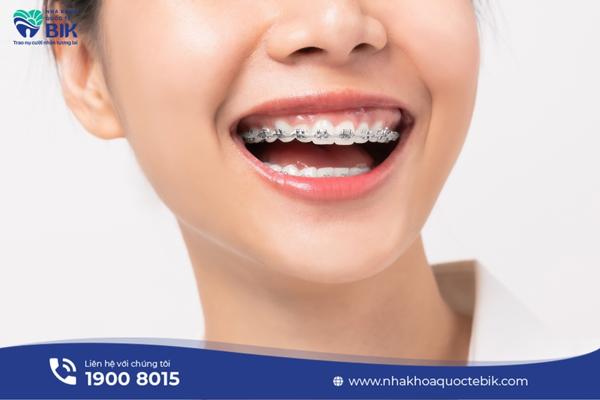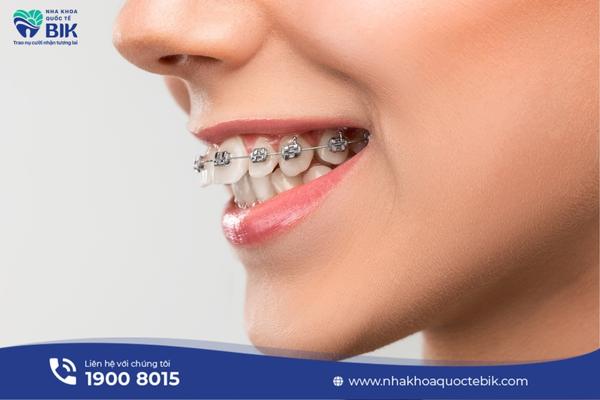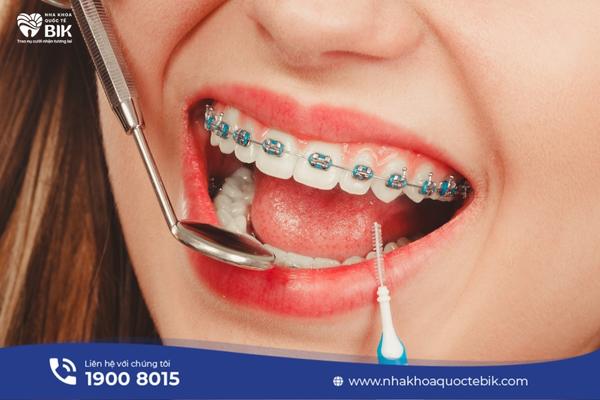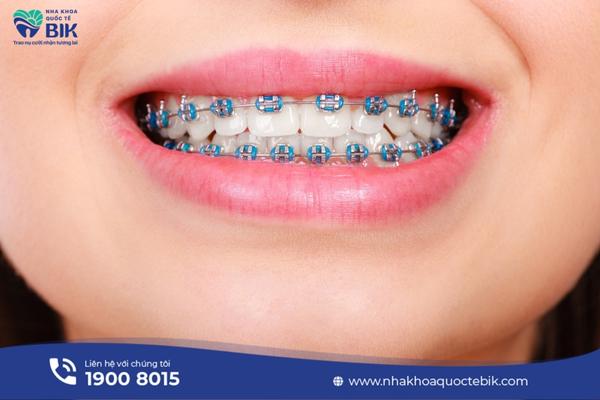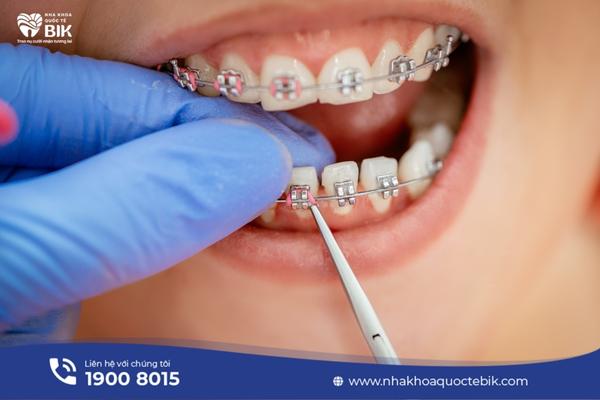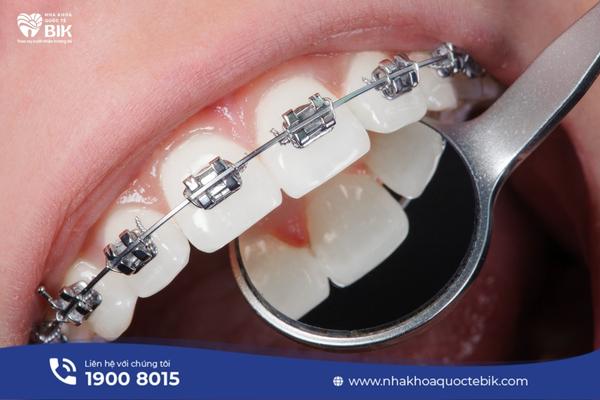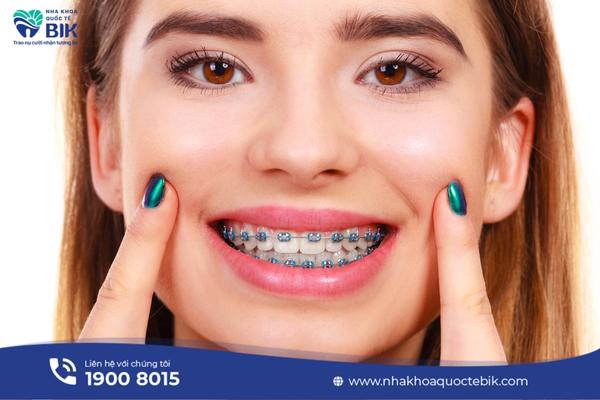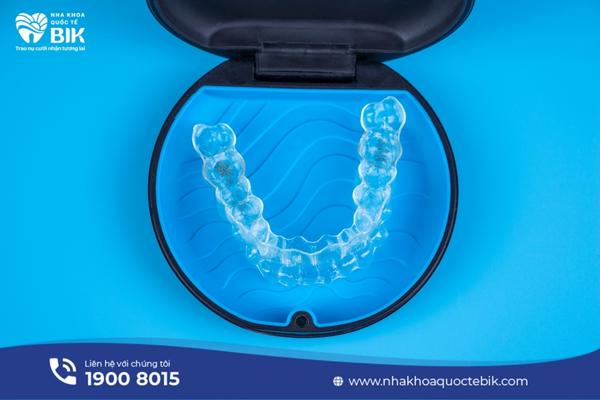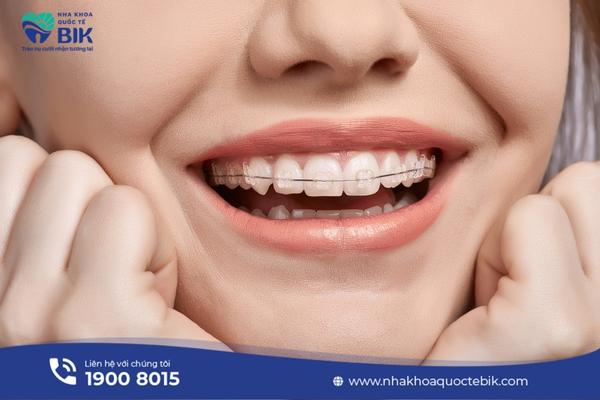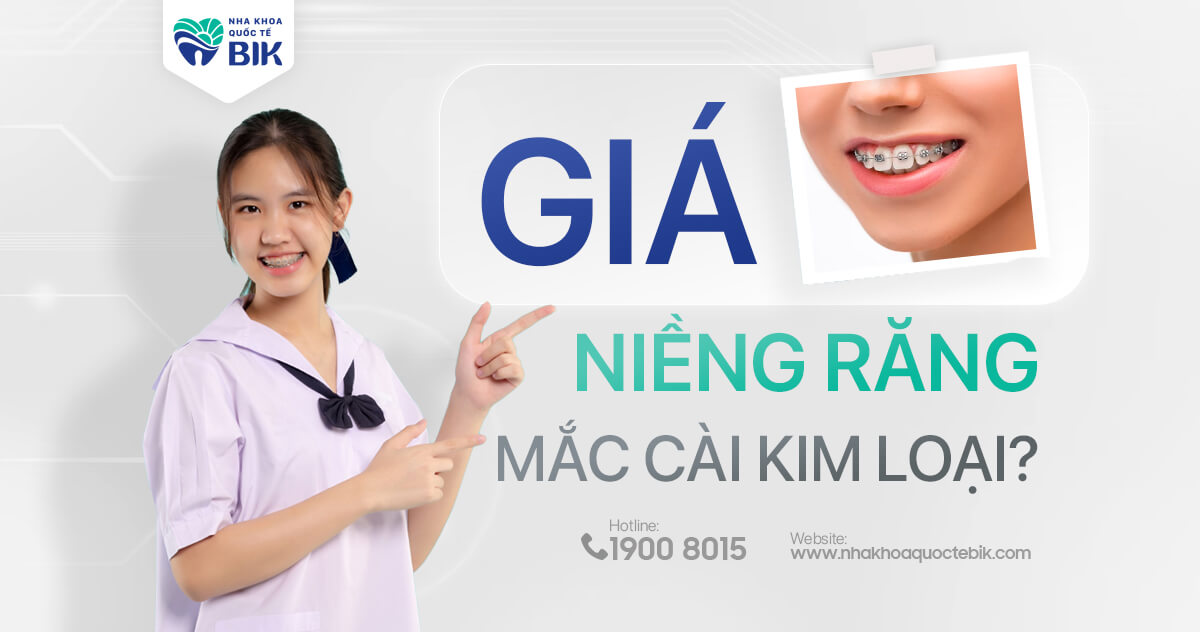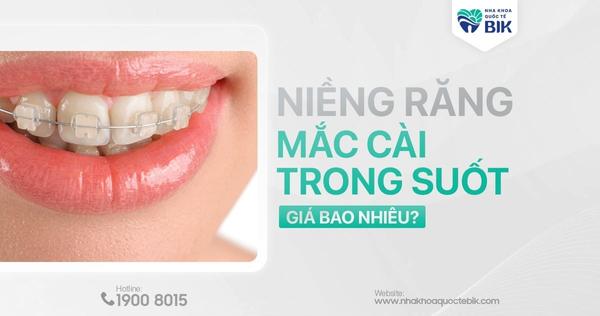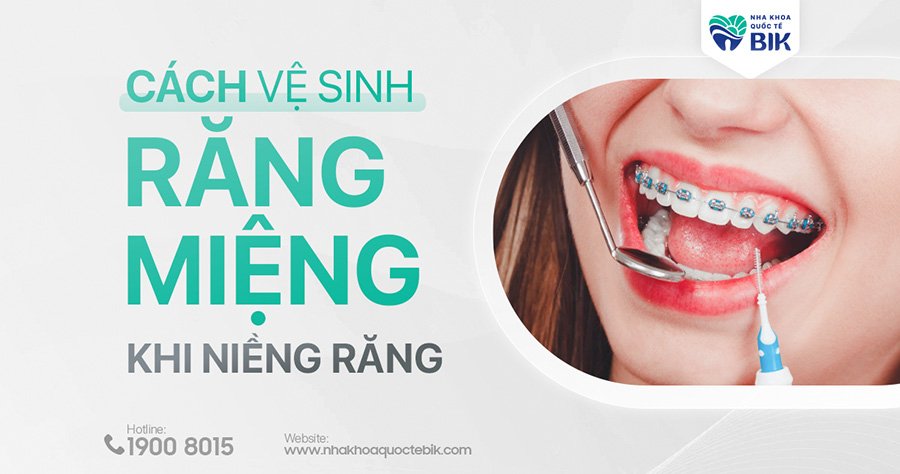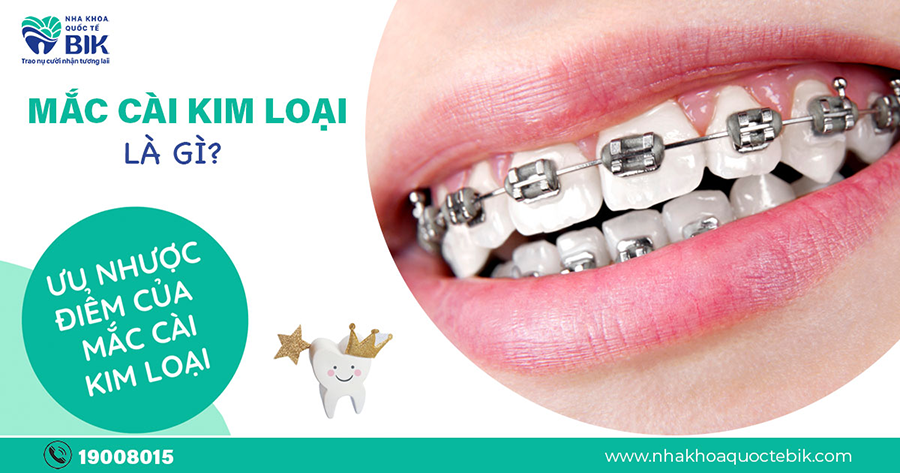
For buck teeth, underbite, gaps, misalignment, etc., braces seem to be the only solution to restore the aesthetics of the teeth. Currently, there are many different braces methods suitable for many customer segments, and metal braces are one of the most popular methods. With a relatively low cost, metal braces still bring the same orthodontic effect as other braces methods with higher prices.
1. What are metal braces?
Aesthetic braces, also known as cosmetic orthodontics, are methods that use the pulling force of orthodontic appliances such as archwires, brackets, clear aligners, etc. to adjust the teeth to the desired position. Braces will help balance the bite, bring high aesthetics to the entire face and also limit many other oral diseases.
Metal braces are one of the earliest orthodontic techniques applied. With this technique, the metal wire and brackets will be attached to the teeth and create a steady tightening force so that the teeth will gradually move over time to the desired position.
2. Types of metal braces
Metal braces are divided into many types, the most common of which are the following:
2.1. Conventional metal braces
This is a method that uses wires and brackets made of alloy and is fixed with elastic bands. With the material of stainless alloy, the braces have high hardness and durability, and are not likely to cause irritation to the body. In addition, with a fairly cheap price, the traditional metal braces method (usually) is chosen by many people.
2.2. Self-ligating metal braces
Self-ligating metal braces are an orthodontic method improved from the traditional braces method, so this method will have the basic characteristics of conventional metal braces.
The only difference is that the archwire is not fixed with elastic bands but is fixed by an automatic lock integrated right on the braces. This lock will help the archwire to be fixed more tightly, limiting problems with elastic bands such as: elastic stretching, frictional force of elastic damaging the teeth and mouth, … Thanks to that, customers do not need to spend too much time going to the dentist regularly to adjust the tightening force.
2.3. Lingual metal braces
Lingual braces also have similar characteristics to the two types of braces above. The position of the teeth where the braces are placed is the difference compared to the other two methods. Instead of the braces being attached to the outside of the teeth, the braces will be attached to the inside, so that customers will limit the exposure of the braces and can be more confident when communicating.
3. Cases of braces with metal braces
Braces with metal braces are usually suitable for all cases of severe to mild dental problems when there is a need to correct defects:
3.1. Protruding teeth
Protruding teeth, also known as buck teeth, is a condition in which the upper teeth protrude more than normal. This condition will lead to a misalignment between the upper and lower jaws, although it does not cause any harm to oral health, it will affect aesthetics.
3.2. Underbite
Underbite is a condition in which the bite between the two jaws is misaligned. This is the case where the upper jaw is directed too much inward and when the mouth is closed, the lower jaw covers the outside of the upper jaw.
3.3. Gapped teeth
Gapped teeth is a condition in which the teeth grow far apart on the jaw, creating a gap between two or more teeth. Not only affecting aesthetics, gaped teeth will cause many difficulties in chewing, food can easily get stuck between the teeth and this will be a risk of causing other oral diseases if not cleaned thoroughly.
3.3. Crooked teeth
Crooked teeth are teeth that do not grow straight and evenly, the teeth are crowded together and the position is very messy. The teeth can grow tilted, grow crooked or grow hidden in the bone.
4. Advantages of metal braces
Compared to other orthodontic methods, metal braces have the following advantages:
4.1. Solid, stable
Because the brackets and archwires are made of stainless alloy with high durability and hardness, the phenomenon of brackets popping out during the treatment process can be completely avoided. In addition, customers will not need to worry about breakage affecting the results of orthodontic treatment.
4.2. Reasonable cost
In fact, each different dental case will have a different cost of braces, but compared to other orthodontic methods such as ceramic braces or clear braces, the price of braces with metal braces is the lowest.
The average treatment cost for metal braces only ranges from 30-40 million depending on the oral condition and the dentist that the customer chooses. Meanwhile, ceramic braces range from 45-58 million and braces without braces range from 100-120 million/ 1 course.
4.3. Treatment time is not too long
Because the force of the archwire and bracket is continuous and stable, the time of braces can be shortened by 1-6 months compared to other orthodontic methods.
5. Disadvantages of metal braces
In addition to the outstanding advantages, metal braces still have the following disadvantages:
5.1. Low aesthetics
Although the orthodontic effect is very high and saves a lot of money, many people still hesitate when choosing the metal braces method for aesthetic reasons. The color of the metal wire and brackets attached to the outside of the teeth is too different from the real teeth, so it will be easily recognized. For that reason, many people will lose confidence when communicating or smiling.
5.2. Uncomfortable feeling
The bulky brackets on the teeth can cause discomfort at first when not yet adapted. In addition, the brackets can come into direct contact, affecting the lips, cheeks or tongue.
5.3. Need to visit the dentist regularly
If customers choose metal braces, they will need to visit the dentist quite often so that the doctor can adjust the force of the bracket wire as well as check the progress of the braces.
6. Metal braces procedure
The metal braces procedure includes the following basic steps:
6.1. Examination and consultation
In this step, the doctor will conduct a general examination of the oral health and take an X-ray to advise on the type of braces suitable for the customer’s needs and financial conditions.
6.2. Taking dental impressions
The doctor will take dental impressions in plaster and transfer them to a specially designed space for technicians to fabricate metal braces.
6.3. Attaching braces
After about 7 days, the doctor will make an appointment for the customer to come back to attach the fixed braces to the teeth.
6.4. Removing braces and wearing retainers
After completing the braces treatment which lasts from 1.5 to 2 years, the doctor will remove the metal braces and ask the customer to wear retainers. Even though the teeth have moved to the desired position, it still takes some time to ensure that the teeth remain stable in that position.
7. Things to note when wearing metal braces
To achieve the best results, you should note the following:
7.1. Before braces
– Check the body’s reaction to metal
– Blood test to make sure you do not have diseases such as hemophilia, diabetes, leukemia, etc.
– X-ray and general examination so that the doctor can understand the oral situation
7.2. After braces
– Regular check-ups so that the doctor can monitor and intervene promptly if any unexpected problems occur
– Pay attention to proper oral care to prevent other oral diseases from occurring
– Immediately after braces, you should only eat soft, liquid foods to limit chewing force on your teeth
So there are many types of metal braces and each type has its own advantages and disadvantages that are worth the price. Although the cost of metal braces is quite cheap, it still brings the desired orthodontic effect. To safely and effectively perform metal braces, you should consider choosing a reputable dental clinic with a team of highly qualified doctors.

